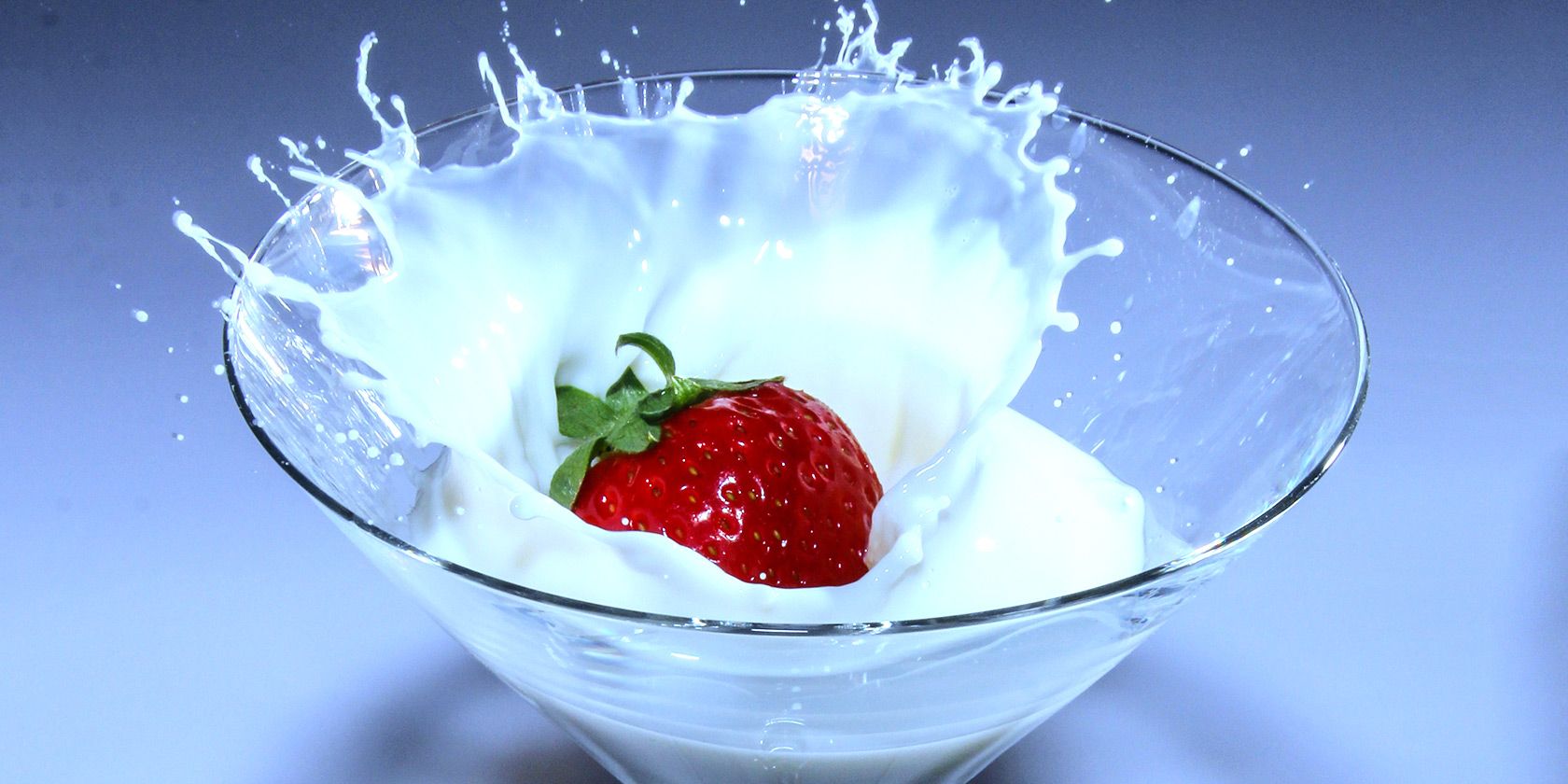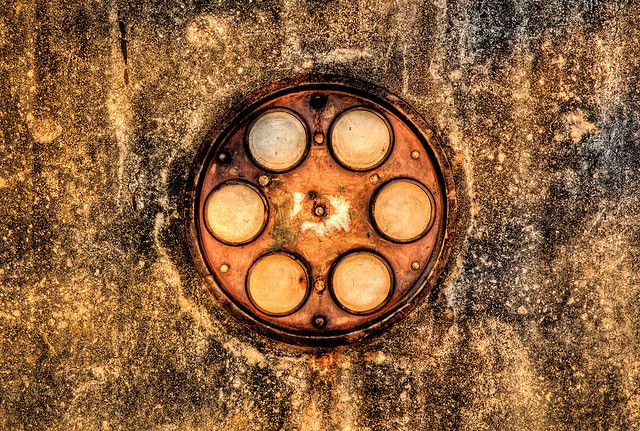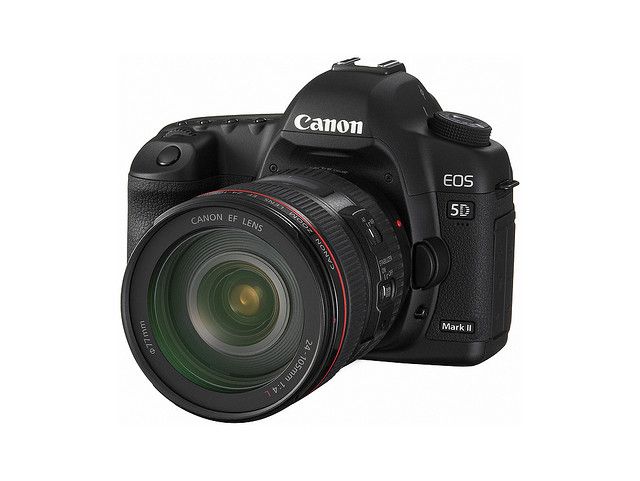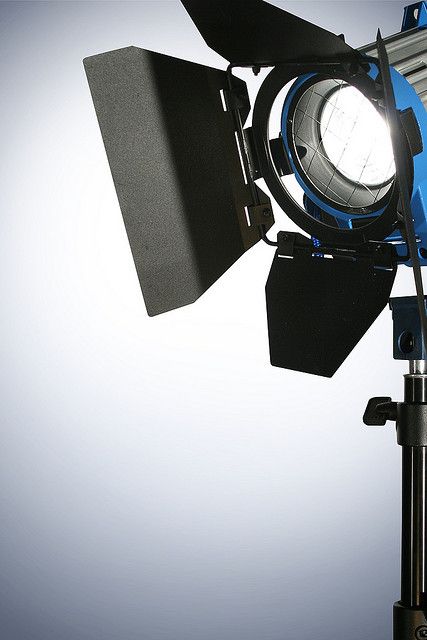Everyone wants to walk away from an explosion in slow motion. Fortunately, with today's phones, it's easier than ever.
The day that slow-mo became mainstream was the day the iPhone 5S was revealed to world (Android fans, we're not wanting to leave you out - we know what the Galaxy S4 can do). Apple improved further on this and the iPhone 6 can shoot up to 240 frames per second. What exactly does that mean? Why is that important? What is a frame, anyway?
Let's break it down.
http://youtu.be/u_8F4hcbwo4?t=39s
1. Frames & Framerate
When you watch a video - as you may know - you're merely watching a ton of images flying by your eyes in order to create the illusion of movement. Each image is called a frame - simple stuff, right?
The standard speed for cinematic pictures (in the U.S.) is about 24 frames per second. This creates a fluid movement for each frame that is just fast enough to trick your brain into thinking things are moving but slow enough to let you know it's all fake. The key for this is that the footage must also be shot at 24 frames per second.
That may seem logical, but the reality is that you can actually shoot at a higher frame rate than what things are being played back as. So let's say you shot something at 48 frames per second, but want to play it back at 24 frames per second. This means you are watching it at half the speed that you shot it.
And there you have it – slow motion. That's how it works. But there's more to it.
2. Shutter Speed & Lighting
A big part of shooting moving pictures is the shutter speed. If you know anything about cameras, you probably know the shutter opens for only for a fraction of a second as to not let in too much light or capture too much movement, which causes motion blur. That said... moving pictures actually need motion blur to create the illusion of movement. If everything was too sharp and pristine, it would look very artificial and choppy.
On the contrary, when we are shooting in slow motion, it's necessary to utilize less motion blur since the images are staying on the screen for so long. Then it's very noticeable!
The general rule of frame rates is that the denominator of your shutter speed (i.e. 1/48, 1/96, 1/144) should typically be double your frame rate (or close to it). Fortunately, this is very easy to do if you are shooting on a DSLR or high-end video camera!
This means you if you shoot at 24 frames per second, your shutter speed should be 1/48. While shooting slow-motion video at 48 frames per second, it should be 1/96. Easy enough.
In many cinema cameras, there's something called a shutter angle. Typically, if you set it to 180º, it will automatically adjust the shutter speed for you. Granted, some cinematographers like to switch up the shutter speed or shutter angle based on stylistic preference, and you can do whichever you prefer depending on the situation and your level of expertise.
The unfortunate side of increasing the speed of your shutter's capture time is that it lets in less light. This means you must have a very well-lit area - else, you're having to open up the aperture of your camera or increase your ISO. Both of those can cause detrimental quality to your image by either making it too blurry (and hard to focus) or too grainy.
Shooting outside on a bright day should work in your favor, but if you're shooting indoors, you'll need some form of extra light, whether that is standard construction work lights or even professional quality fresnels.
3. Fake Slow-Mo
Pssst... there are ways to simulate slow-motion, but realistically, none of them are that great (save for one option, which we will get to). For one, you could take something you shot in 24 frames per second, put it in your editing timeline, and then try to stretch it out to be oh... say, 50% the speed of the original. Guess what? It will work. Your editing software will do it. The problem is this: frames will be reused, and basically, you'll just be watching frames at half their normal speed, destroying the illusion of movement.
Then there's interpolation, which essentially generates extra frames using existing ones. Basically, it predicts what the frames "in between" should look like. After Effects does this, but honestly... it's not great. Then there is Twixtor, which I referenced above, which is fantastic (with a price tag to match). The catch is this: you should shoot at a higher frame rate anyway to make it work.
https://www.anrdoezrs.net/links/7251228/type/dlg/sid/UUmuoUeUpU54046/https://vimeo.com/18311567
I know this sounds silly, but artificial frame generation is better if you are going for a super slow look. You do this by shooting at something like 60fps, and then this creates more information for the software to use, creating something even slower.
As always, it's better to try and shoot it than try to do it in post, but faking slow motion can work from time to time.
Have you ever filmed something in slow motion before?
Image Credits: KINO, Hector Alejandro, Thomas Hawk, ramos alejandro




